Those lucky enough to have secured one of the limited tags will get to participate in a new hunting opportunity.
October 19 not only marks the date of the waterfowl opener in the Panhandle Region, but also the opener of Idaho’s first ever swan season.
In August, 50 tags were issued first-come, first-serve for this hunt; it will be evaluated as an experimental hunt for at least three years.
After that period, the hunt could become operational upon approval from the Pacific Flyway Council and U.S. Fish and Wildlife Service.
Limited hunting will occur in Benewah, Bonner, Boundary, and Kootenai counties ONLY.
The swan season runs until December 1, 2020, with a daily bag limit of 1 swan and a possession limit of 1.
Hunters with a swan permit are encouraged to take Fish and Game’s Swan Orientation Course to familiarize themselves with swan species identification and hunting requirements.
Swan hunters must follow the rules listed below.
• Swan Tag – REQUIRED
• Migratory Bird (HIP) Permit – REQUIRED
• Federal Migratory Bird (Duck) Stamp – REQUIRED
• Shotgun capable of carrying no more than 3 shells – REQUIRED
• Nontoxic Shot – REQUIRED
• Shot Size: No person shall take swans while in possession of shot larger than two tenths (0.2 inches) in diameter (size T)
If successful, hunters must, within three days of the date of kill, present the swan carcass for a mandatory check and report. Hunters can find more information on regulations and area maps in the Idaho Migratory Game Bird 2020-2021 Seasons and Rules booklet.
This article was first published by Idaho Fish and Game on 13 October 2020. Lead Image: Creative Commons Licence by Julie Lininger. Focusing on Wildlife does not support swan hunting and condemns wildlife crime.
What you can do
Support ‘Fighting for Wildlife’ by donating as little as $1 – It only takes a minute. Thank you.
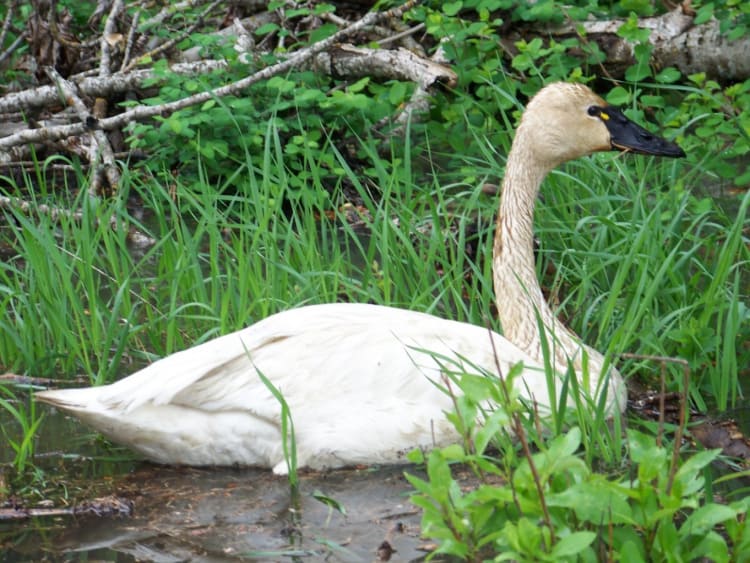
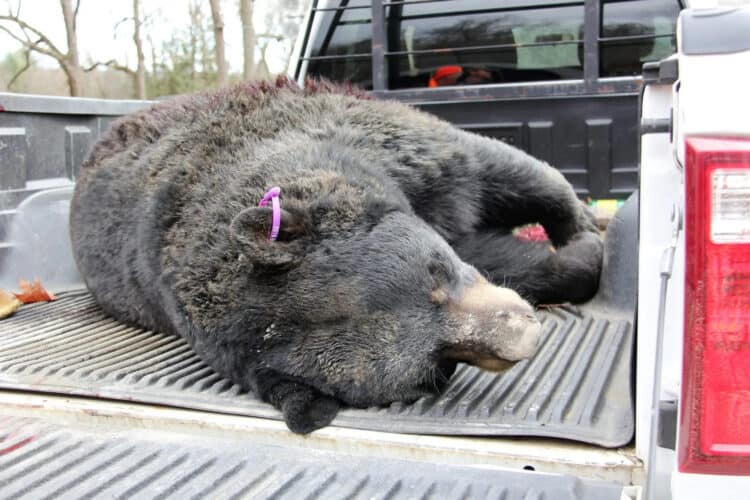
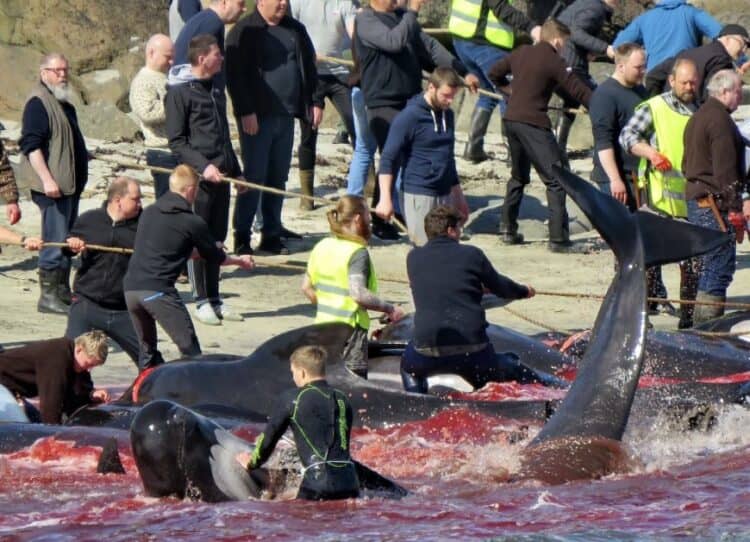
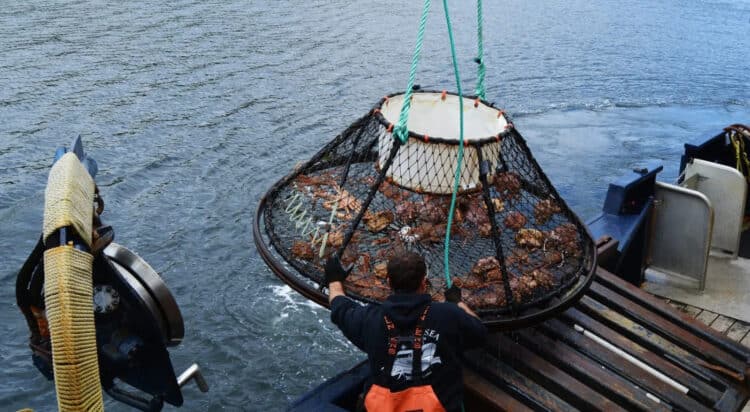

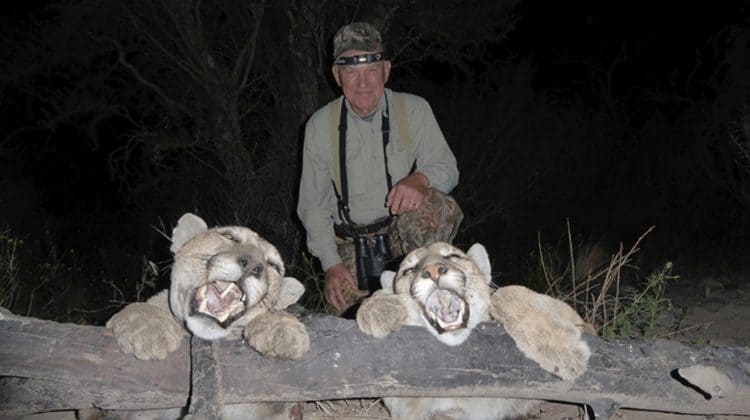

Leave a Reply